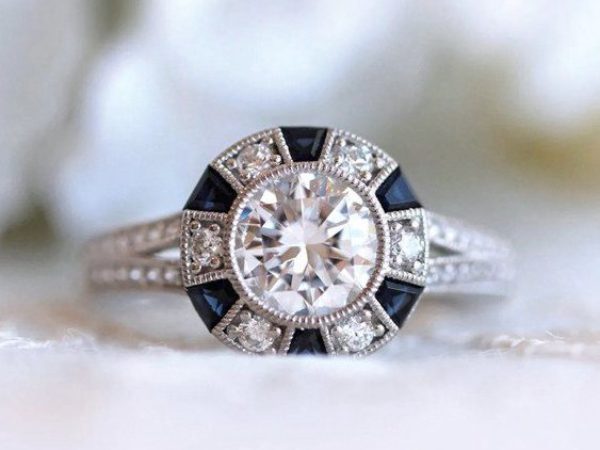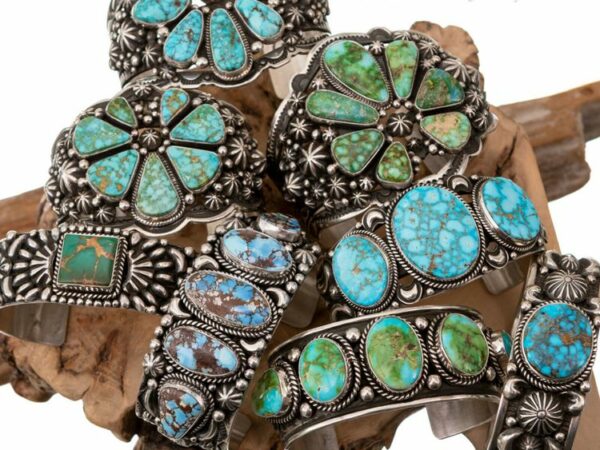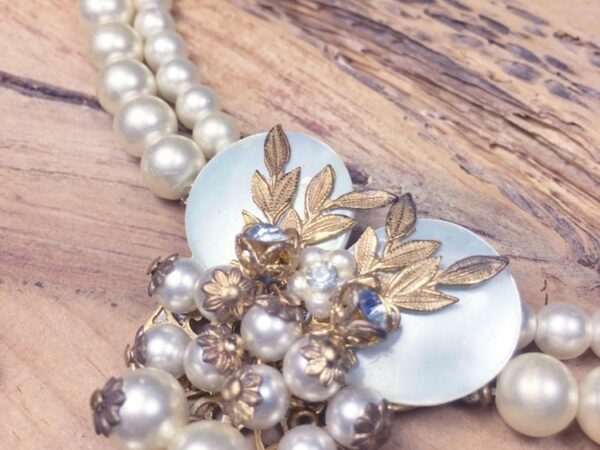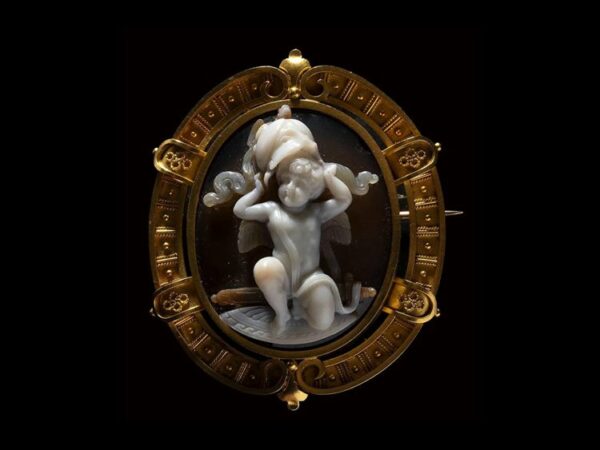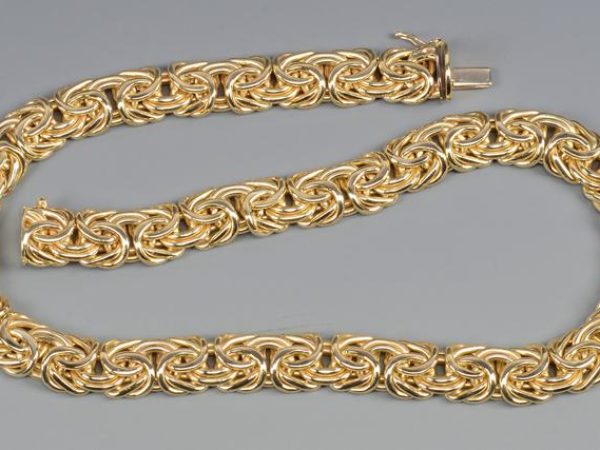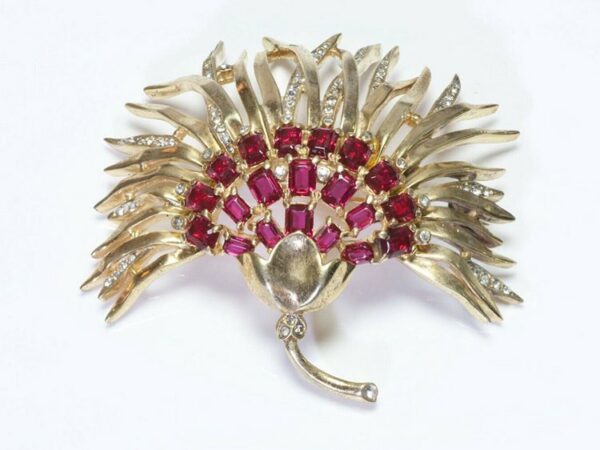Do you have jewelry that you suspect to be antique? Do you wish to acquire its price and value? Then you have most certainly come to the right place!
Where it might be able to categorize jewelry generically in the form of bracelets, necklaces, or rings; finding traits of its antiqueness proves to be a meticulous task!
One must have sound and wealthy knowledge of jewelry designs along with the era they belonged to. Identifying the manufacturer (or brand) and its production location is equally important as well.
Antique jewelry collectors possess sound knowledge and a keen eye for detail because they have been carrying out the ‘antique jewelry identification activity’ for decades. This also makes them foolproof!
In this article, we intend to equip you with the best possible knowledge that you need to venture into the world of antique jewelry!
Table of Contents
What Are The Different Styles Of Jewelry That I Need To Know?
We will get to the steps of identifying antique jewelry, but before that, you need to have information about the different types of jewelry styles along with their respective era.
This alone would help us finish the task at least halfway through!
Also, there is a difference between antique and vintage jewelry; the former describes an item at least thirty years old and the latter needs to be older than a century or at par.
Now let us go through a generic classification of antique jewelry styles!
1. Georgian Style
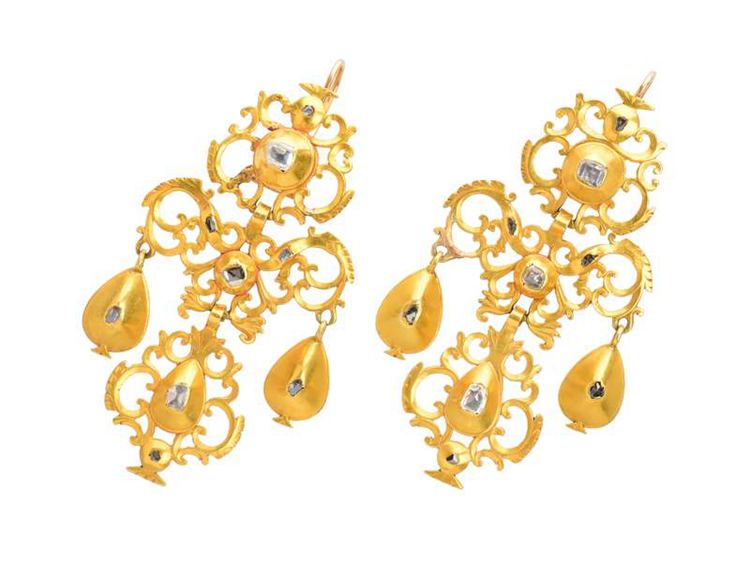
This style belonged to the era between 1700-1830 and is named after the noble kings (King George I-IV) that spanned this reign.
Georgian jewelry involved the use of a large plethora of stones! Most of them were manufactured in a closed fashion.
During this time period, cutting stones was not mastered by any craftsman and hence the use of foiling the stone came into trend.
And since platinum was not yet discovered, the metal incorporated into Georgian jewelry was either metal or silver.
Georgian jewelry was most produced as a set and since these items are antique, they cost more than the following counterparts.
2. Victorian Style
We all have heard about the infamous Victorian era. Not only were they famous for their royalty and mildly gothic fashion, but their gorgeous jewelry as well!
The Victorian era lasted from 1837-1901 and was named after none other than ‘Queen Victoria’.
VIctorian jewelry itself evolved over three time frames and it is of utmost importance to identify them according to their era so to make an accurate assessment of its antiqueness.
They are listed and briefly describe below:
● Romantic period (1837-1861)
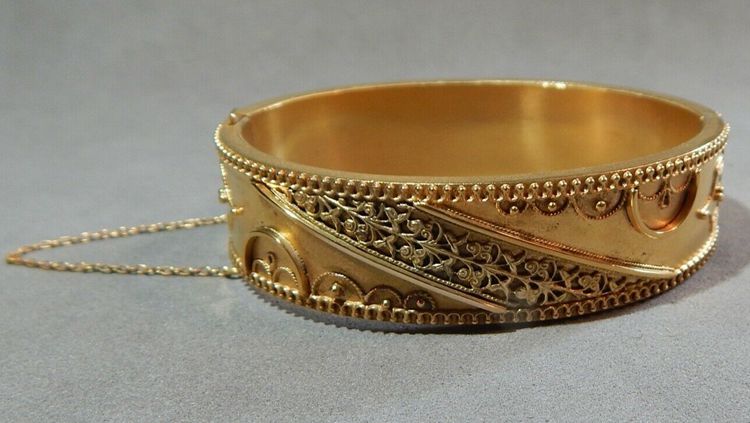
Jewelry from this period revolved around the obstacles of nature and often included engravings of serpents, flowers, and trees.
Gold was most commonly used but the use of silver and precious stones was also seen. Bracelets and necklaces were the most common produce of the romantic period.
● Grand period (1861-1885)
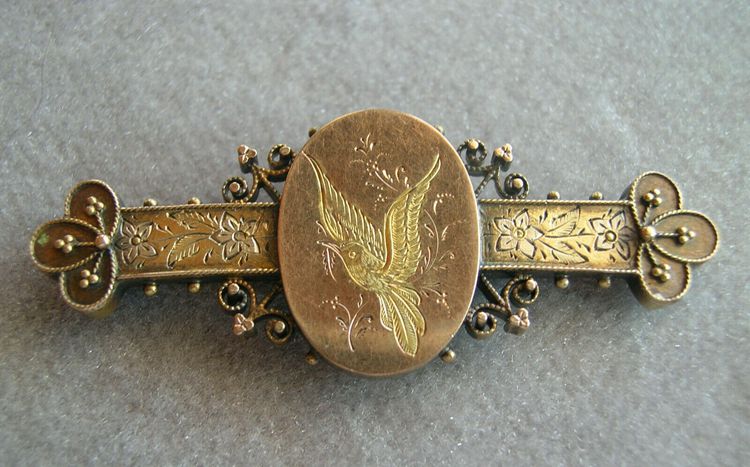
This period too took inspiration from nature but focused on winged insects such as butterflies, dragonflies or even beetles.
Gold, pearls, and silver were chosen as the material of choice.
● Aesthetic period (1885-1901)
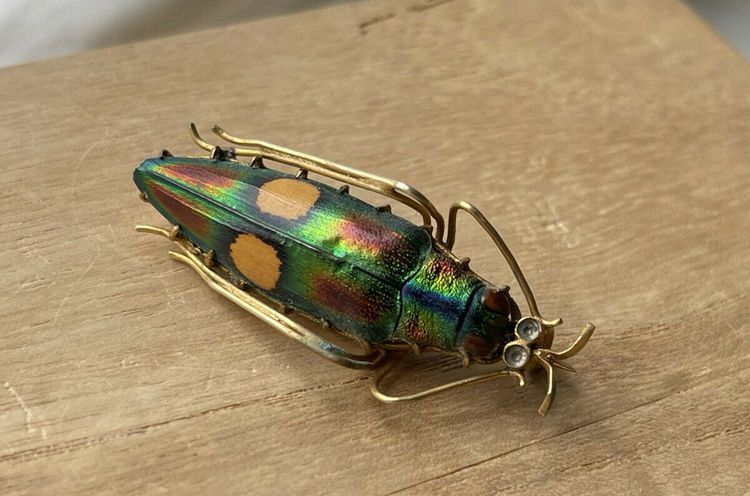
Production of bracelets in this time period was ceased but brooches, necklaces, and earrings were common findings.
The aesthetic period was a medley of the both the aforementioned time frames and thus incorporated the use of animals or insects in conjunction with floral hues and figures.
Instead of opting for gold, craftsmen focused on the inclusion of opals and emeralds in their jewelry.
3. Edwardian Style
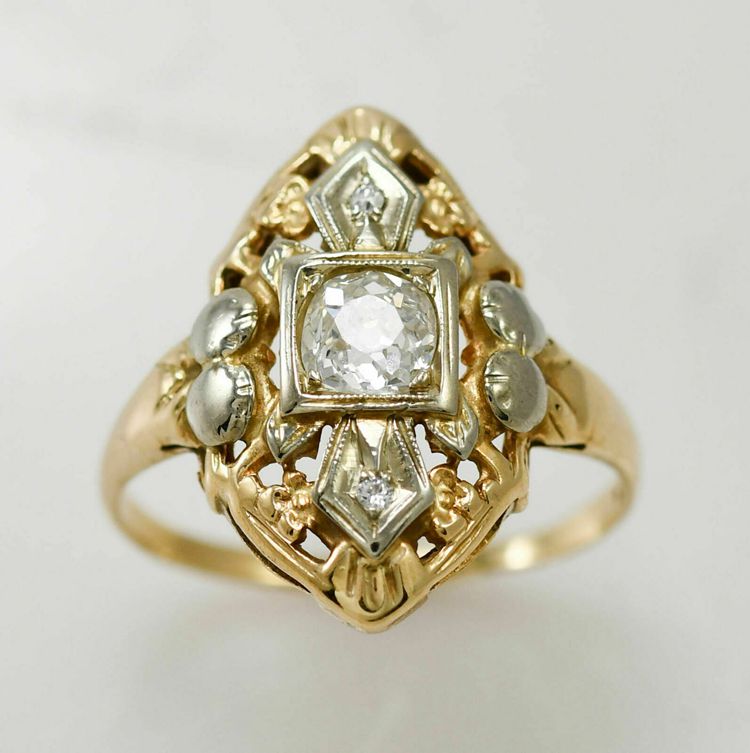
The Edwardian era lasted from 1901-1915 and gave us some of the finest jewelry designs!
White metal came into fashion and was embellished with intricate floral patterns and delicate styles. Most of the designs were feminine in nature.
Bows and garlands were celebrated motifs and quickly gained popularity.
4. Art Noveau Style
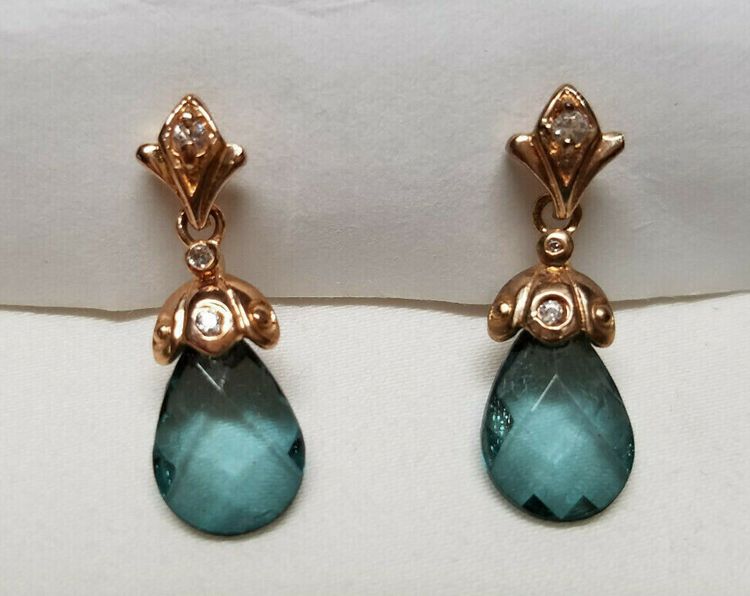
This style made its debut in France during the 1890s and lasted for another 20 years.
An easy way to identify Art Noveau jewelry is to look for pastel colors in the jewelry architecture. Smooth curves were incorporated into the design and were reinforced with delicate stones such as the moonstone or opal.
5. Art Deco Style
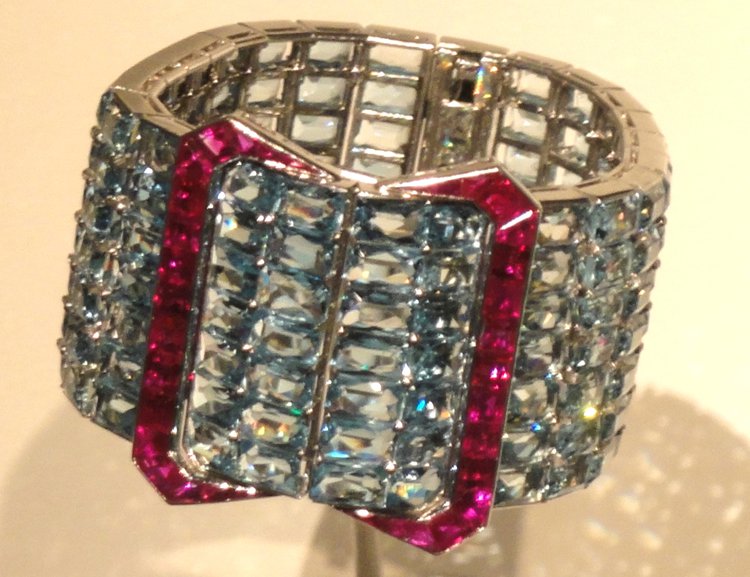
This style stood unique with its aztec and geometric designs that were backed with precious gemstones.
This era lasted from 1915-1935.
Materials most commonly employed for the manufacture of jewelry during this period were Aluminium, Steel, and Chrome.
6. Retro Style
This jewelry style came into being during the 1930s and lasted till the 1940s. During this decade, world war II was upon the globe and hence shortage of materials and supplies limited the flourishment of such designs.
As a result, whatever was available was put into good use. The use of plastics and glass in jewelry became common. Rhinestones due to their relatively cheap cost were the choice for ornamentation.
What Were The Materials Used To Manufacture Antique Jewelry?
Mainstream materials such as gold, metal, and silver were almost always the material of choice for antique jewelry. However, there are some distinct and unique materials that stood exclusive to specific eras.
This factor proves to be essential for telling whether a jewelry item is an authentic antique piece or just a scam!
1) Palladium
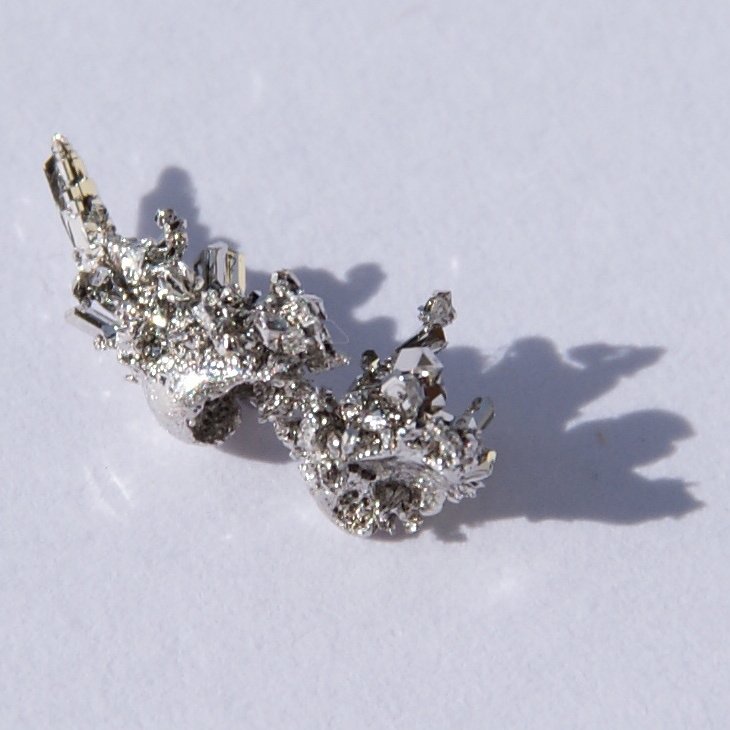
This soft white metal came into use circa the 1930s.
People compare it to white gold, but Palladium possesses superior color retention properties than the former. It also has a low melting point which made jewelry easy to manufacture.
Antique jewelry consisting of Palladium is from the 1930s and onwards.
2) Camphor Glass
Camphor glass has a beautiful dusky white frosted finish, which is achieved by treating plain glass with hydrofluoric acid.
It was often used in conjunction with metals such as gold and silver. Camphor glass was used in the 1800s and stayed in fashion until the 1900s.
3) Bakelite & Rhinestones
Both of them were used to create special pastes; the former being synthetic and the latter natural.
Pastes impart unique colors and a decent look to jewelry; they were hence common inclusions in a jewelry craftsman’s workshop!
Tips On Identifying An Antique Piece Of Jewelry
1) Look For Hallmarks/Brand Stamps
This is one of the easiest ways to assess the age of a jewelry item since jewelry brands used to be exclusive to a specific era.
Stamps can even indicate the type of material used and some of them are exclusive to particular countries!
However, such hallmarks can also be erased by alterations and refurbishment. Sometimes the piece is so old that the engravement wears off.
2) Use A Jeweler’s Loupe
You need not purchase one, you could simply borrow or rent it.
Loupes magnify the jewelry item upto 10 times and can reveal some details that might come in handy for the identification process!
3) Identify The Jewelry Style And Materials Accurately
Consult an antique expert if you have to (or you could simply conduct rigorous research) to correctly diagnose the style.
We have listed out a generic list of jewelry styles to get you acquainted with them but do not shy away from carrying out your own research!
Identifying the style accurately will tell you about the jewelry’s approximate age.
4) Differentiate Vintage From Antique
Vintage jewelry is less costly than antique items. Make sure to stay foolproof and consult an expert shall the need arise.
Factors Affecting The Cost And Value Of Antique Jewelry Items
- Condition
- Jewelry Style
- Time period/Era
- Jewelry Type (bracelet/brooch/necklace)
- Materials Used
Conclusion
After going through this article, we are sure you must have wrapped your head around the concept of identifying antique jewelry items.
We have provided the blueprint for you to get familiarized about antique jewelry styles and the different eras they belonged to.
And as always, we suggest you to carry out vigorous research and consult books to further enhance your knowledge about antique jewelry items.
At times it can get complicated to correctly diagnose the age of an item, if such a situation arises make sure to consult an expert or buyer!
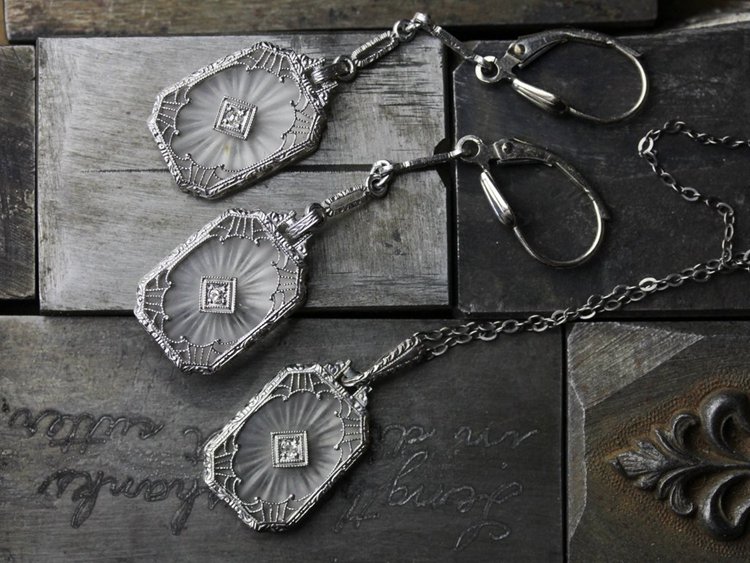
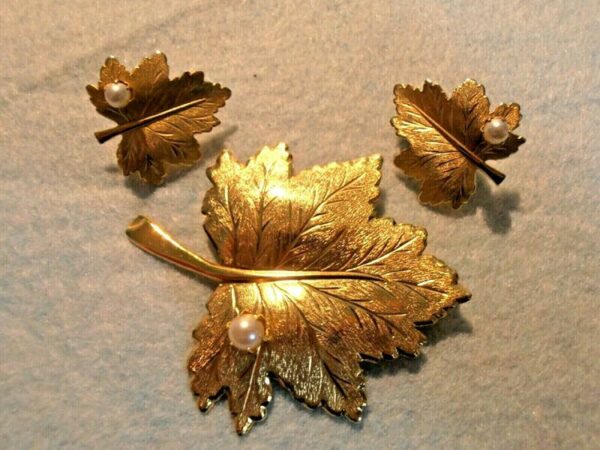
![Vintage Rhinestone Jewelry [Types, Style, Brand, And Value]](https://www.txantiquemall.com/wp-content/uploads/2022/05/1960-Juliana-brooch-1-600x450.jpg)
